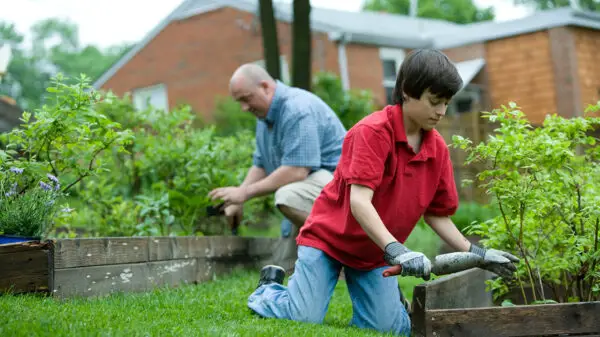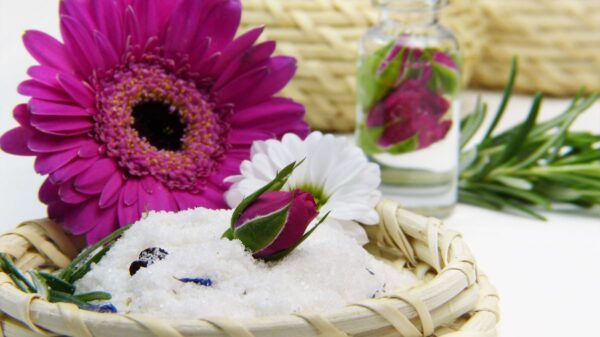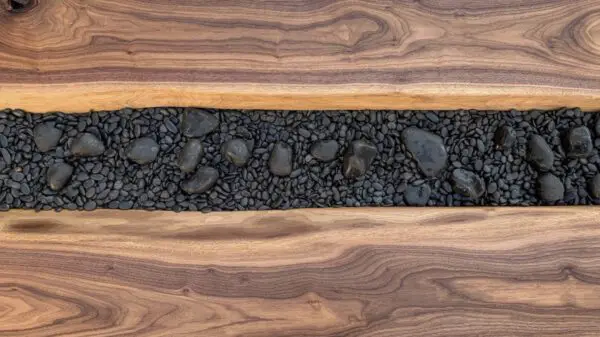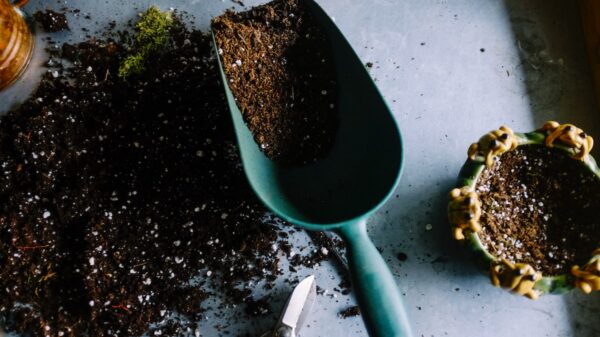Seasonal Garden Planning: Everything You Should Know
Understanding Seasonal Conditions For Garden Planning
Spring Gardening Strategy
Spring is the perfect time for sowing many seeds that couldn’t survive winter’s chill. For a spring garden that thrives, adhere to your region’s frost-free dates. During early spring, direct sow seeds such as peas, spinach, and lettuce, as these are hardy enough to endure cool temperatures. As temperatures rise in late spring, plant temperature-sensitive crops like tomatoes and peppers after the last frost date.
Strategies for Summer Cultivation
Summer brings longer days and warmer temperatures that encourage growth for a wide array of vegetables and flowers. Consistent watering becomes essential due to the intensity of the sun and prolonged dry periods. Installing a drip irrigation system can automate the process and ensure deep watering that benefits plant roots. Plant heat-tolerant varieties such as squashes and cucumbers to maximize your yield. Consider incorporating shade cloths to protect sensitive plants from the midday sun.
Autumnal Adjustments
As temperatures drop, make swift summer-to-fall transitions in your garden to prepare for the early frosts of late autumn. Plant fall crops such as kale, broccoli, and Brussels sprouts during late summer to give them ample time to establish. Collect and mulch leaves in autumn to create a nutrient-rich protection layer for overwintering plants, minimizing weed growth and enriching the soil.
Winter’s Preparatory Phase
Winter gardening focuses on planning and preparation. Utilize the dormant season to improve soil quality with amendments like compost or manure in preparation for spring planting. Cover crops such as clover or winter rye planted in fall can be turned into the soil in early spring before planting begins, boosting soil structure and fertility.
By aligning garden tasks with the rhythm of the seasons, gardeners can create a year-round landscape that survives and thrives. Understanding your specific climate zone’s nuances helps customize your actions effectively, enhancing your garden’s health and productivity throughout the year.

Choosing Appropriate Seasonal Plants
Selecting the right plants that will thrive in the prevailing environmental conditions is crucial for each planting season. This means understanding your local climate, soil type, sun exposure, and moisture levels characteristic of each season in your region.
Spring welcomes an array of frost-tolerant plants eager to grow as soon as the soil can be worked. Pansies add a splash of color to your garden early on and can handle lingering chills. Root vegetables like carrots and radishes can be sown directly into the soil as they prefer cooler soil to get a strong start. Herbs such as parsley and cilantro are excellent choices too, as their tolerance to the unpredictable temperatures of spring makes them ideal starters.
In summer, indulge in planting vibrant flower varieties and robust vegetables. Sun-loving plants like marigolds or zinnias provide ongoing blooms and attract beneficial insects. Vegetables like tomatoes, bell peppers, and eggplants need the longer daylight hours and warmer nights to flourish. Choose varieties well-adapted to your specific summer conditions; for instance, those resistant to drought will perform better in hotter climates without demanding extensive watering.
As autumn arrives, consider plants that tolerate cooler weather and deliver a late harvest. Swiss chard, spinach, and lettuce have a quick turnover and can often be harvested within just a few weeks of planting. Fall is the perfect time to start your collection of bulbs such as tulips and daffodils, setting the stage for a spectacular start the following spring. Shrubs and trees also benefit from fall planting, as they use this time to establish roots and adapt to the soil environment ahead of winter’s rest.
Winter might seem quiet in the garden, but it is an opportunity to grow cold-hardy greens like kale and collards under cover such as a cold frame or greenhouse. This is an excellent time to plan how to rotate crops and manage plots to renew and restore fertility for the upcoming seasons.
By choosing the right plants for each season, gardeners can ensure a circle of growth throughout the year that keeps gardens vibrant and productive. A little bit of research mingled with hands-on experience brings forward a seamless gardening journey through all four seasons.
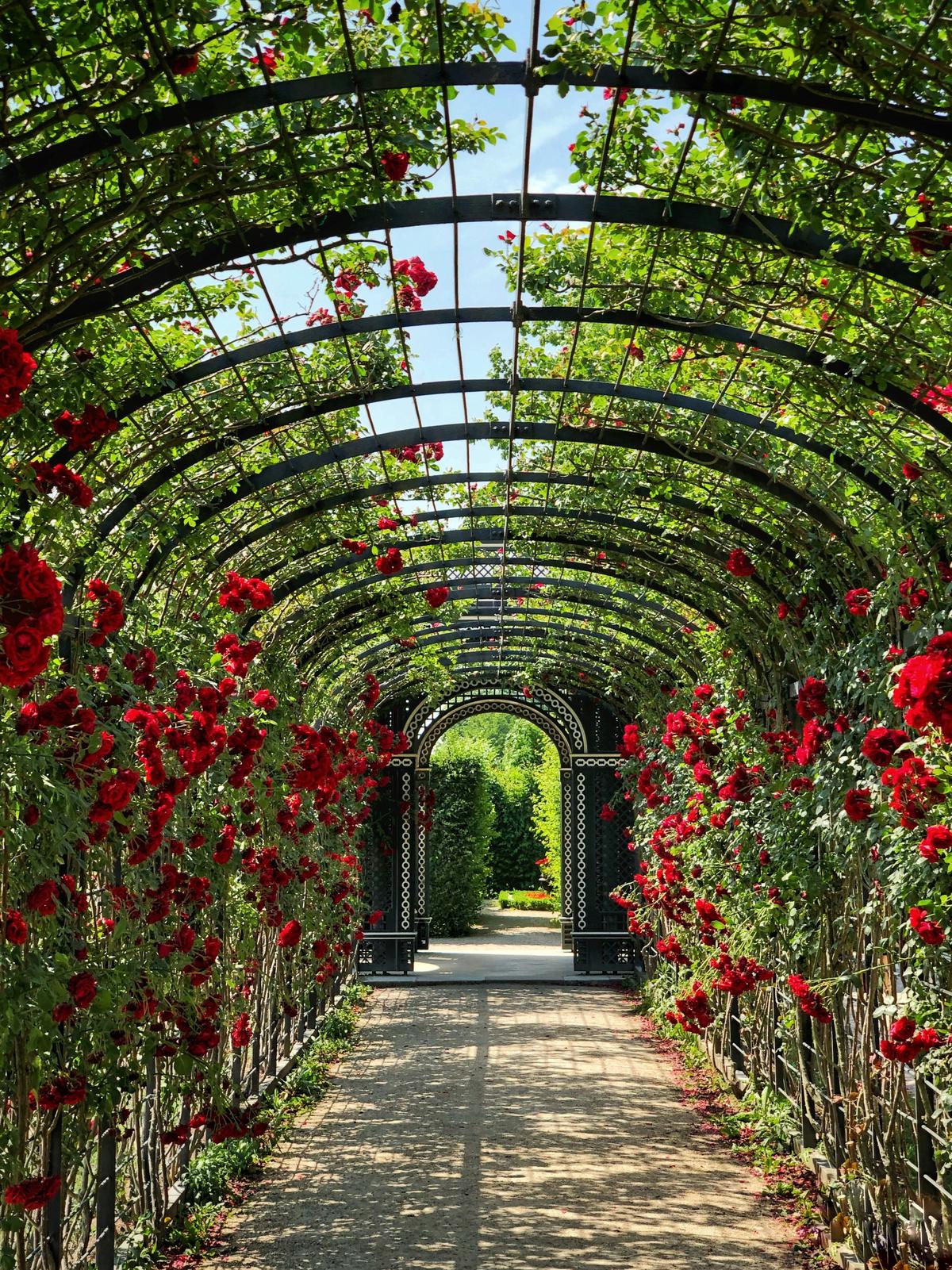
Transitioning Between Seasons
Transitioning seamlessly between the seasons in your garden requires thoughtful preparation and timing to maintain vitality and extend productivity. As one season wanes and another approaches, activities like soil preparation, plant protection, and strategizing planting and harvesting dates become key for a flourishing garden.
As summer ends, begin by removing spent plants to clean up the garden and reduce habitats for pests to overwinter. Test your soil’s pH and nutrient levels, adjusting as needed in the autumn to prep it for spring sowing. A light layer of organic mulch can safeguard the soil surface in winter from erosion or nutrient loss. In regions with harsh winters, consider heavier mulching after the first deep freeze to protect overwintering plants and bulbs.
In mild winter areas, cool-season vegetables can be planted for a continued harvest. For gardeners facing snow, protect perennials with burlap wraps for shrubs. Snow itself acts as an insulator against sub-zero temperatures.
Rejuvenate your garden with green manures such as alfalfa or winter rye to improve soil structure, boost nitrogen content, and enhance microbial activity. As these cover crops are tilled into the soil in early spring, they decompose to enrich the soil just in time for new plantings.
Adjust planting and harvesting schedules with each change of season. Keep records of your garden’s performance to make informed decisions about crop rotation and future plantings. Cold frames and greenhouses can modify your growing season timelines, allowing for a jumpstart on spring or extending fall harvests.
In anticipation of spring, start seedlings indoors or plan cold-tolerant varieties that can endure a few more frosts. Timing their debut can make all the difference between survival and calamity.
Each garden transition is an opportunity to experiment, refine, and celebrate the cycles of nature. By embracing each season’s particular personality and planning ahead, you encourage a garden that is productive and synchronizes with the rhythms of the natural world.
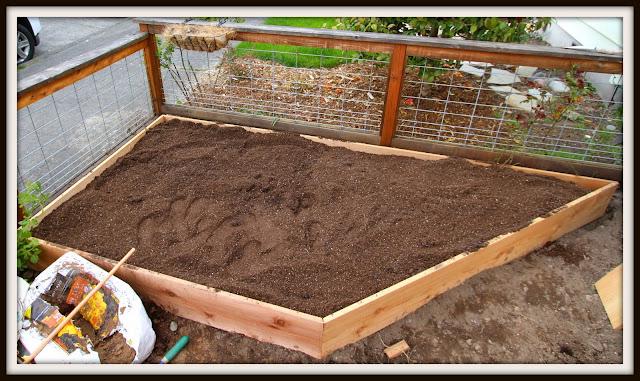
Year-Round Garden Maintenance
Through the carousel of the seasons, gardens demand year-round care and attention. Effective garden maintenance ensures your garden survives through each unique season and flourishes.
Mulching: A proper mulching technique forms an essential backbone for resilient gardens. It serves as a climate control jacket for the soil, keeping it cooler in the summer heat and warmer during the winter chills. In spring, mulch suppresses weeds, conserving your energy for more pleasurable gardening tasks. Organic mulches, like bark, straw, or leaf mold, improve soil structure and fertility as they decompose.1 Lay down a fresh layer during spring to invigorate plants for vigorous growth, replenish in summer to retain moisture during dry spells, and bolster in autumn to protect roots from freezing winters.
Pruning: Crucial to maintaining the health of your garden, pruning shapes the plants and invigorates them. Shrubs and trees benefit when you remove dead or competing limbs in late winter or early spring before budding begins. It prevents diseases and promotes new growth.2 Summer-flowering and fruiting species thrive when pruned soon after their blooms fade. Perennial flower borders stay more productive and healthier with deadheading old blooms and cutting back spent foliage in autumn.
Managing Perennial Plants: Perennials return each year with little coaxing and bloom reliably. Early spring is the division time for crowded perennial beds; this rejuvenation technique aids younger outgrowth and revitalizes older centers that may start to fail. Subdivide and transplant these to enrich other parts of the garden or share with fellow garden enthusiasts.3 Throughout the seasons, keep vigil on their nutritional needs—adjustments in feeding promote strong growth and standardized flowering times. In autumn, many perennials need attention:
- Cut back the die-back
- Allow species like Sedum and grasses to stand, offering aesthetic snow-capped silhouettes through winter and homes for overwintering fauna
By instilling these routines into your garden care, you stitch a quilt of continuity over seasonal shifts. Your garden becomes a vivid year-round landscape, never caught off guard by late frost or untended scorch of sun. With each mulch layer laid, branch trimmed, and perennial managed, you prepare your green sanctuary for the twists of time. Embrace these practices, and watch the art and beauty of your garden unfold perennially.
By carefully aligning garden activities with seasonal rhythms, gardeners can foster an environment where plants survive and flourish. This harmonious blend of preparation and adaptation is key to maintaining a productive and visually appealing garden throughout the year.
- Chalker-Scott L. Impact of mulches on landscape plants and the environment-a review. J Environ Hortic. 2007;25(4):239-249.
- Marini RP. Pruning fruit trees. Virginia Cooperative Extension. 2019;422-025.
- Becker C, Zhu X, Mathers HM. Maintenance practices for perennial garden plants. The Ohio State University Extension. 2003;HYG-1238-03.







